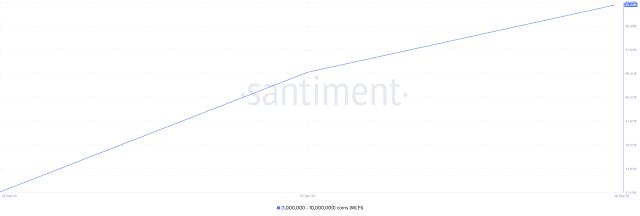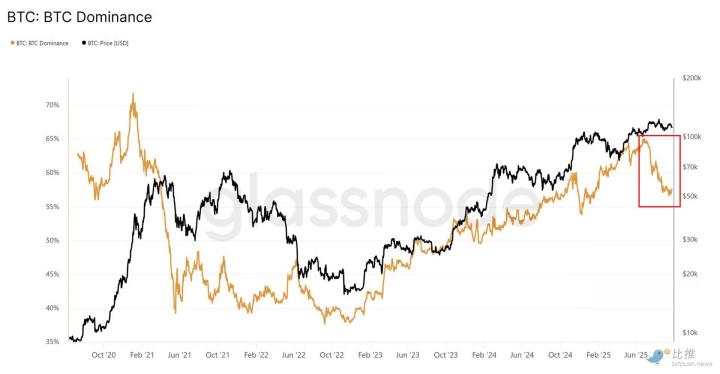Ethereum co-founder Vitalik Buterin said the core feature of the blockchain's Fusaka upgrade, PeerDAS, is the key to scaling the network.
PeerDAS, short for Peer Data Availability Sampling, enables nodes to verify that block data exists without downloading or storing it all. Instead, nodes fetch smaller "chunks" of data, then use erasure coding to reconstruct the rest, Buterin explained in an X post. Erasure coding is a data protection technique that breaks data into pieces, adds redundant information, and distributes those pieces so the original data can be reconstructed even if some parts are missing.
Buterin described the approach as "pretty unprecedented" because it removes the need for any single node to hold the entire dataset. In the first version of PeerDAS, full data of a block is still needed in limited cases — when blocks are first broadcast and when partial blocks need reconstruction. Even then, he emphasized that only one honest actor is needed for that "untrusted" role to function, making the process resistant to large numbers of dishonest participants, with future improvements also allowing these two functions to be distributed.
Ethereum hits six blobs per block for first time
Buterin's comments came in response to a thread by Dragonfly Head of Data "hildobby," who noted Ethereum had just hit six blobs per block for the first time. Blobs are fixed-size packets of transaction data introduced in Ethereum's Dencun upgrade, designed to give rollups cheaper temporary storage than regular calldata. Each block has a limited "blobspace," and the number of blobs per block — the blob count — directly affects how much transaction data can be posted to Ethereum by scaling solutions.
According to hildobby, increased blob usage is being driven by activity from rollups like Base, World, Scroll, Soneium, and Linea, among others. Base and World alone are consuming most of the available blob space, with Layer 2s collectively paying around $200,000 per week in mainnet fees. Nevertheless, many blobs remain partially empty, and posting patterns are inconsistent, making blobspace harder to forecast, the analyst said.
Average blob count per block. Image: hildobby.
Buterin acknowledged these pressures and said blob counts will scale conservatively at first before ramping up more aggressively over time. This cautious rollout, he stressed, is deliberate — core developers want to thoroughly test the system before expanding capacity, despite working on it for years already. While blob counts determine how much data rollups can post per block, scaling them too quickly could put stress on the network. PeerDAS addresses this by letting nodes verify data availability through sampling rather than storing full blobs, which underpins the cautious approach to increasing blob counts over time.
Longer term, Buterin sees PeerDAS as key, not just for Layer 2 scaling, but for the Ethereum base layer as well. Once the gas limit rises high enough, he argued, even Layer 1 execution data could be moved into blobs. That would further reduce strain on nodes and unlock scaling headroom, allowing Ethereum to handle greater demand without sacrificing decentralization.
Last week, Ethereum developers tentatively set a date of Dec. 3 for Fusaka's launch on mainnet, pending successful testnets rollouts next month. The Ethereum Foundation also launched a four-week audit contest for Fusaka, offering up to $2 million in rewards for security researchers who uncover bugs before the hard fork reaches mainnet.








